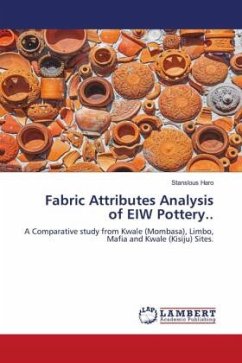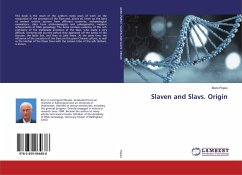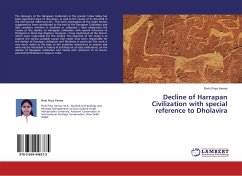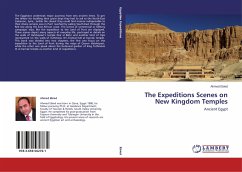This research concerns establishment of sources of pottery manufacture and relationships between Early Iron Working (EIW) sites of Kwale (Mombasa), Limbo, Mafia and Kwale (Kisiju). It is founded on previous research focus of using pottery physical attributes such as decorative motifs and linguistic evidence to explain origin and spread of Bantu speaking communities. This focus inadequately provided evidence to explain why pottery with similar typological attributes could be found in different regions. Additionally, the Kwale (Mombasa) site has not been adequately studied since 1966. To address these problems, excavation was conducted at Kwale (Mombasa) site and comparative data were acquired from previous researches by Felix Chami at Limbo, Mafia and Kwale (Kisiju) sites. This study employed petrological analysis to investigate relationships of pottery and clay temper from similar EIW sites so as to trace source of pottery manufacture. Results of this study reveal that pottery fabric attributes from each of the examined sites correlate fabric attributes from each of the examined sites correlate with local clay suggesting local production of pottery.
Bitte wählen Sie Ihr Anliegen aus.
Rechnungen
Retourenschein anfordern
Bestellstatus
Storno








